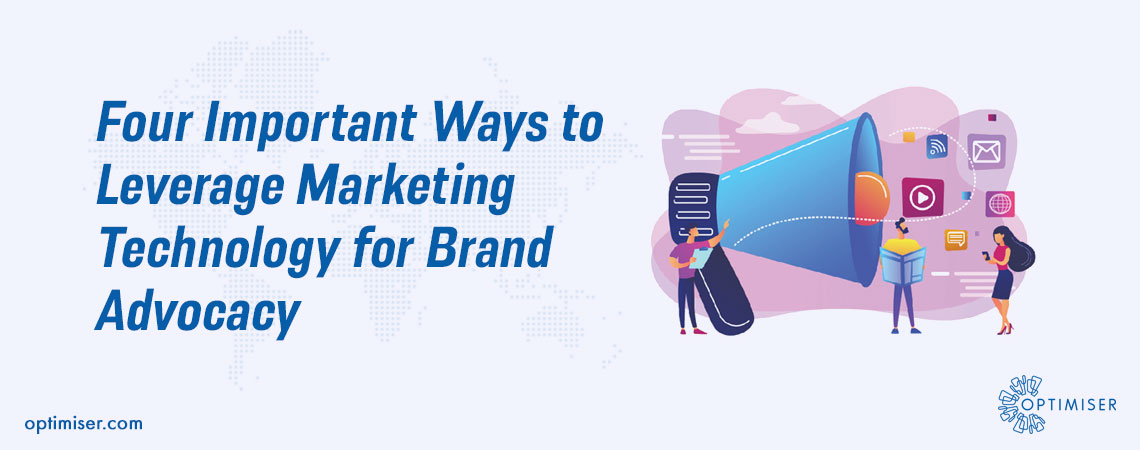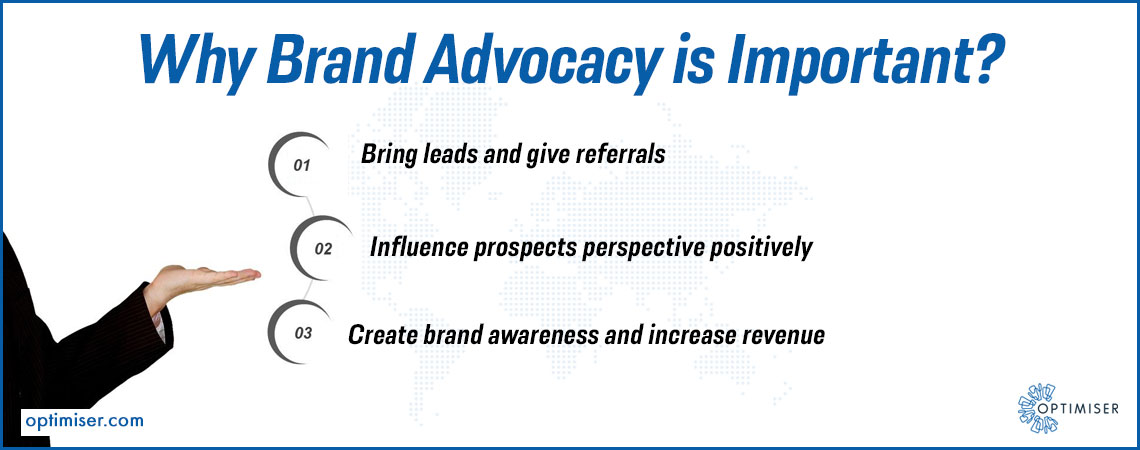
Four Important Ways to Leverage Marketing Technology for Brand Advocacy
Using technology to market products is not a new thing. Social media is there for a while, which can reach out to thousands of people at once. The only difference is that you can reach the correct audience who are interested in your product with proper technique. And that is the main thing that makes any difference. Users are likely to scroll past your posts if they are not interested, but ones with interest will engage and interact with it.
Brands have been trying for years to understand their consumers and the psychology behind them. The better the consumer analysis is, the better a company sells. With the advancement of Artificial Intelligence in recent years, brands have begun using it to make the customers' journey more superficial and easier to analyse.
Knowing the psychological triggers of your customers will help you increase sales. In addition, using marketing technology to form strategies to boost brand advocacy has gained traction. Marketers use the customer data to understand their patterns and find methods with which they can increase the retention rate.
"Your brand advocates are more valuable than any advertisement you could ever buy."
-Dave Kerpen

How to Leverage Marketing Technology for Brand Advocacy
1. Reciprocity
Human beings respond to positive experiences. And then they reciprocate it. Therefore, simply offering the products and/ or services is not enough. Customer experience is just as necessary.
Give your customers benefits and information before persuading them into buying your products. Then, ignite their interest and get them invested in your company. Besides, you can learn about their needs and preferences. While convincing customers about products, follow a hyper-personalised approach and convince them that your products will solve their problems.
Tools like CRM can be used to recognise and track customer behaviour. This data can be used to identify potential customers who will have a genuine interest in your products. You can use this data to create a meaningful experience for each of them. This will surely increase the retention rate of your organisation. Only gaining new customers is not enough. Retaining old ones and maintaining a good relationship with them is essential too.
2. Competency
People tend to trust brands that deliver and are deemed competent. Therefore, brands with knowledge, experience and expertise are likely to be the first choice of the customers. Trust is what makes sure that the customers remain loyal to the brand post purchasing.
Once you are established as a competent brand that delivers results, buyers will take notice. To prove your competency, you can try out the following methods:
a. Innovate: Anything new will delight the customers. Innovated products will capture their attention immediately. Invest in the Research and Development department to create innovative products. You can exceed the customer's expectations and refine what you offer.
b. Competition: Knowing what your competition is doing is vital as it gives you a view of your footing in the market. Using tools for competitors analysis, you can gain important insights about the other company using SWOT analysis. You can discover new ways to tailor strategies that will bring in more customers and. In fact, you can even collaborate with them to further your brand.
c. Reporting: Having internal reports of your organisation is essential. Use tools like Optimiser CRM to get a measure of how you are performing. You can set the pricing strategy, the profit rate and much more with these tools.
d. Content Marketing: Sharing information with customers can play a significant role in building your brand name over time. If the customers are turning to you for information, at one point, they might become your potential customers.

3. Choices
The consumer has to have several choices. But at the same time, burdening them with more than they can handle might backfire. They are likely to get confused and avoid engaging with your brand altogether due to confusion. The method to resolve this issue is to offer them neither too much nor too little. First, analyse the needs of the buyers to understand what they are looking for. Following this, you can suggest products that fulfil their needs.
Through hyper-personalisation, you can aid the consumers in making the decision-making process easy. For example, providing recommendations, sending reminders if they leave products in a cart, predictive sorting, and tailored searches per the customer's preferences can ensure that they do not get overwhelmed by the multitude of choices given.
4. Confirmation bias
Consumers prefer brands they can relate to. The brand is relatable to their values and beliefs in a style that they are used to. This is an opportunity for you to build a relationship with your customers by affirming their needs.
Create a digital experience for the customers. Say, like a community where they can discuss topics with like-minded people. Online communities and blogs are an excellent solution if you are looking to start.
Showing honest reviews and testimonials about your brands to ensure that the customers know the pros and cons. While this may not sound like the ideal option, the point is to establish a trusting link with the existing and prospective customers.
Use influencer marketing to create a more prominent brand name. Reach out to influencers about the products offered by the brand and request them for collaboration.
Use software like Optimiser to understand consumer behaviour and strategies on how to build loyalty.
SUMMARY
Creating brand advocates who will remain loyal to the brand can further your business. In addition, these advocates are likely to give referrals and suggest your products to their friends and family. Using marketing technology to create advocates is perhaps one of the most efficient methods out there.

30 days free trial. No credit card required
 One powerful platform
One powerful platform
 Simple to use
Simple to use
 Comprehensive
Comprehensive



